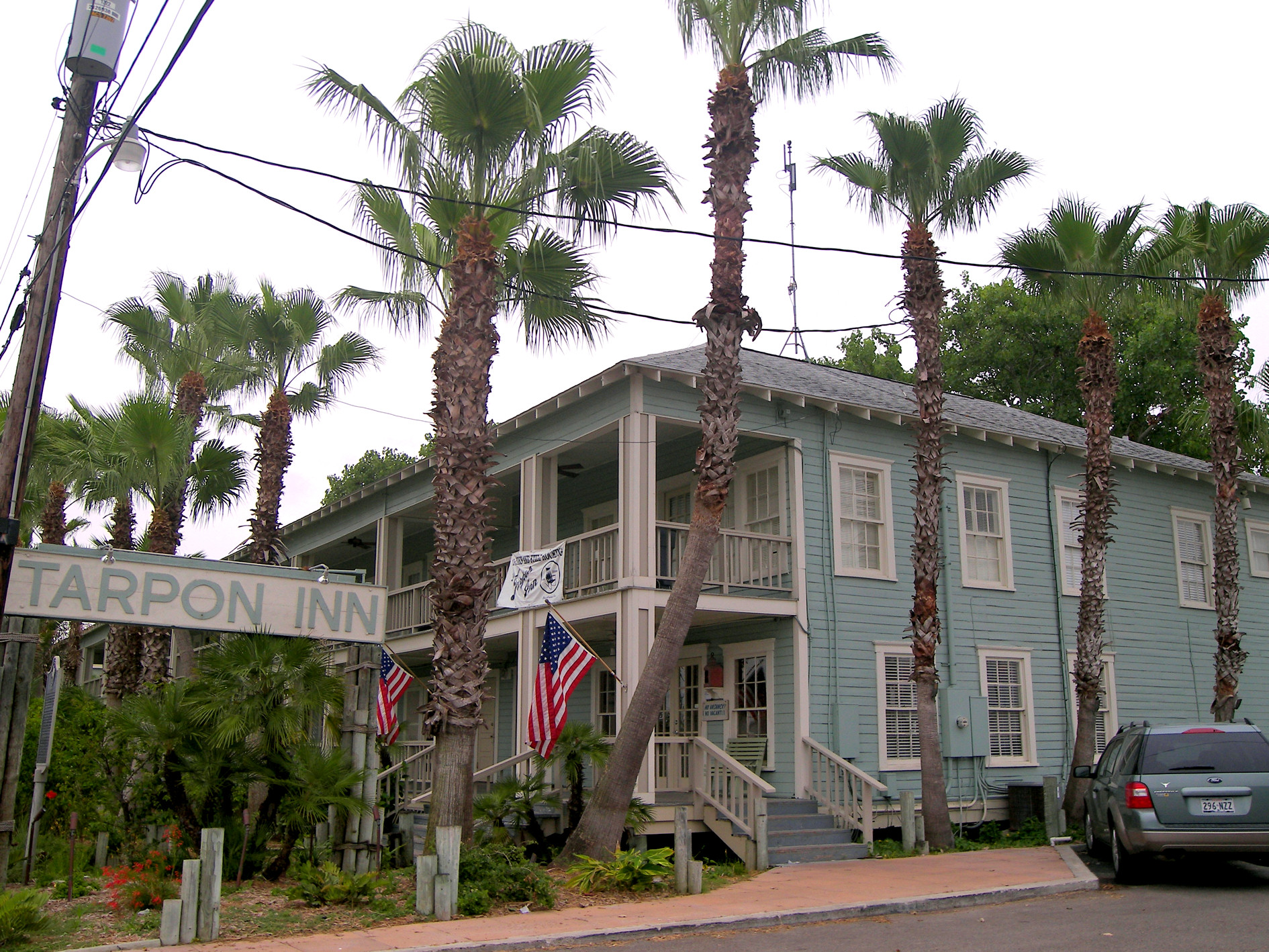|
Tarpon Inn
The Tarpon Inn is a historic hotel located in Port Aransas, Texas, United States that originally opened in 1886. The building was named after the tarpon sport fish that drew many Fisherman, anglers to the sea side city and Port Aransas was called ''Tarpon'' at the time. The building was added to the National Register of Historic Places on September 14, 1979. The original Tarpon Inn was built in 1886 from surplus material that came from an old American Civil War, Civil War barracks. The building was destroyed by fire in 1900. Two new buildings were constructed in its place only to be ravaged by a 1919 Florida Keys hurricane, hurricane in 1919 and its 12-15 foot storm surge. The larger building was completely destroyed, but the smaller building was reparable and continued to be used as a hotel until 1926. In 1923, James M. Ellis bought the property. In 1925, he built the structure that still stands today. He retained the barracks style as a Homage (arts), homage to the original 1886 ... [...More Info...] [...Related Items...] OR: [Wikipedia] [Google] [Baidu] |
Port Aransas, Texas
Port Aransas ( ) is a city in Nueces County, Texas, United States. This city is 180 miles southeast of San Antonio. The population was 2,904 at the 2020 census. Port Aransas is the only established town on Mustang Island. It is located north of Padre Island and is one of the longest barrier islands along the Texas coast. Corpus Christi Bay, the Gulf of Mexico, the Lydia Ann Ship Channel and the Corpus Christi Ship Channel make up the surrounding waters. History Early history The Karankawa Indians were living a nomadic existence in the region when Spaniards, led by Alonso Álvarez de Pineda, probed the coast in 1519. Governor Francisco de Garay of Jamaica had commissioned him to explore the Gulf Coast from Florida to Vera Cruz. In the summer of 1519, Piñeda, took a fleet of four ships east to west around the Gulf Coast exploring and mapping five passes along the Texas Coast line, including what is known today as Aransas Pass. In 1720 the French explorer Pierre-Jean de Bérang ... [...More Info...] [...Related Items...] OR: [Wikipedia] [Google] [Baidu] |
